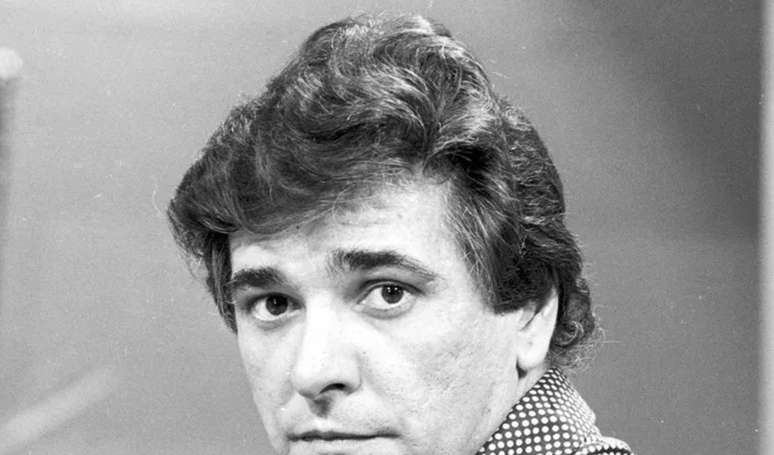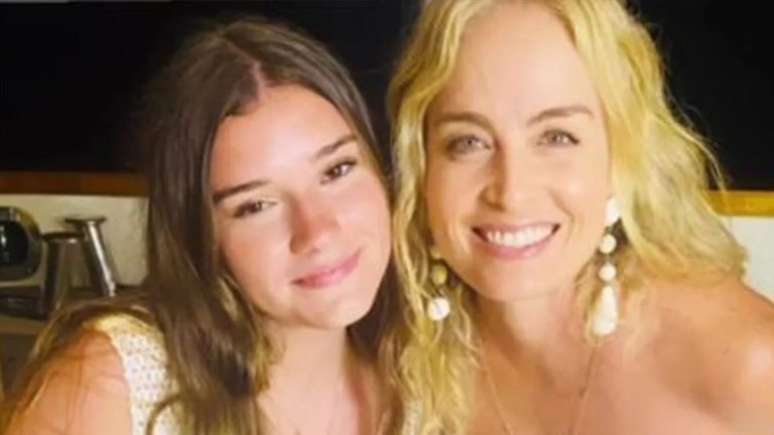The São Paulo government’s literacy program promises to teach 90% of 7-year-olds to read and write by 2026
OR government of Sao Paulo promises to make 90% of 7-year-olds literate by 2026and intends to achieve this goal through the educational program Alphabetiza Juntos SP, launched by management Tarcisio de Freitas (Republicans) this Tuesday, 20.
The proposal envisages a partnership between the State and the municipalities, and the effectiveness of the São Paulo government’s policy will be tested through tests that will be applied three times a year. These exams will evaluate the reading fluency of students in the 2nd year of elementary school.
Reading fluency, basically, is the ability to correctly read a total of 45-60 words per minute and will serve as an indicator to evaluate the literacy level of students in São Paulo.
According to her, however, the government is wrong in using reading fluency as the only parameter to evaluate the success of the program. She believes that passing exams that test the student’s ability to simply decode what is written does not give the student the guarantee of adequate literacy to continue their studies.
“I worry about a policy that focuses too much on just one aspect of literacy, namely reading fluency, and neglects other aspects that are important for reading and written production itself,” he says. “If literacy focuses only on decoding, it may generate good test results, but it will not guarantee that the student will subsequently be able to read and understand (a text)construct meaning and interpret what you are reading,” he adds.
He also suggests that the assessment be more comprehensive and not limited to just Year 7 students, as students who were literate during the pandemic, three or four years ago, may have a gap in their reading and writing skills.
“(The program) There is a big focus on the 2nd year, but you need to look at the more advanced students, who are students who were in the 1st and 2nd year during the pandemic, and are now in the 5th and 6th year” , he says.
Qualification of early childhood education
Mariana Luz, general director of the Maria Cecilia Souto Vidigal Foundation, believes that the launch of Alfabetiza Juntos SP is an example of how the government of São Paulo has taken on a “fundamental role” in the articulation with other administrative areas and understands that the program will have of successes to consider the correct literacy ages.
For her, however, it is still necessary for the government to make progress in qualifying early childhood education and in linking these learning processes in other educational phases.” “It is impossible to talk about literacy in the 1st and 2nd year without linking This is an entire developmental process that begins during pregnancy and continues throughout early childhood, which is the nursery stage (from birth to 3 years and) and also the pre-school phase (phase from 4 to 5 years and 11 months)“, says the expert.
“Literacy, however, is not something automatic,” he underlines, highlighting a broader look at early childhood.
“It is impossible to talk about literacy in grades 1 and 2 without connecting it to an entire developmental process that begins during pregnancy and continues throughout early childhood, which is the nursery stage. (from birth to 3 years and) and also the pre-school phase (phase from 4 to 5 years and 11 months)“.
Source: Terra
Rose James is a Gossipify movie and series reviewer known for her in-depth analysis and unique perspective on the latest releases. With a background in film studies, she provides engaging and informative reviews, and keeps readers up to date with industry trends and emerging talents.


![Tomorrow belongs to us in advance: Alex is preparing to go? … What are you waiting for from the week of 2025 to May 16, 2025 [SPOILERS] Tomorrow belongs to us in advance: Alex is preparing to go? … What are you waiting for from the week of 2025 to May 16, 2025 [SPOILERS]](https://fr.web.img5.acsta.net/img/8e/b2/8eb2158bd34199ce9704a989e16e38d9.jpg)




